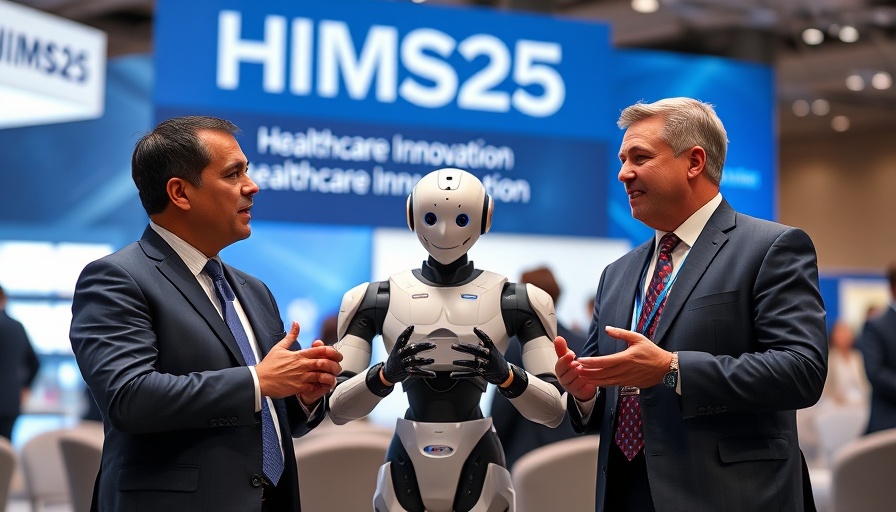
Revolutionizing Healthcare Through Collaboration
Healthcare innovation is at the forefront of discussions at HIMSS25, the annual global conference that draws key thought leaders and innovators together. Central to these discussions is the emphasis on collaboration—the idea that success in healthcare, particularly in the wake of technological advancements, hinges on how organizations and professionals work together.
Understanding the Need for Change
During the opening keynote address, HIMSS President and CEO Hal Wolf emphasized that we are entering a pivotal time of change across the healthcare ecosystem. With the impact of artificial intelligence (AI) permeating nearly every aspect of care delivery, professionals must embrace change rather than resist it. “If you don’t like change, you’re absolutely in the wrong ecosystem,” Wolf stated, highlighting the importance of adaptability in this rapidly evolving field.
The Global Reach of Healthcare Innovation
The conference brought together leaders from Europe, Asia, and beyond, underscoring the international dimension of healthcare challenges and innovations. For instance, Wolf referenced the European Union’s AI Act, which is likely to influence regulatory frameworks on a global scale. Healthcare organizations are now facing new funding environments and workforce concerns, necessitating a shift towards care that exceeds the traditional hospital setting.
Successful Transformation Stories
Samsung Medical Center in South Korea exemplifies a healthcare organization that has embraced this collaborative spirit. The center's journey towards becoming a more advanced healthcare provider involved critically reflecting on past failures and allowing for iterative improvements. Dr. Seung Woo Park, the center’s CEO, noted that their first attempt at overhauling their electronic health record (EHR) system, named DARWIN, faltered due to an overly ambitious rollout. By adopting a more agile methodology, which included input from clinicians, they developed a system that integrates user experiences and continues to evolve based on real-world needs.
AI's Role in Future Care Delivery
AI is becoming a cornerstone of care delivery, transforming how healthcare providers interact with patients. Samsung Medical Center has leveraged data analytics to enhance operations, aiming to save time and improve patient experiences. As technology advances, professionals are beginning to recognize AI's potential to facilitate even more personalized care, adapting to the unique journeys of each patient.
Actionable Insights for Healthcare Professionals
The ongoing dialogue at HIMSS25 serves as a reminder for healthcare leaders to prioritize collaboration, embrace change, and utilize technology to enhance patient care. By learning from successful stories, like those shared by Samsung Medical Center, professionals can be motivated to explore innovative solutions in their own organizations.
 Add Row
Add Row  Add
Add 




Write A Comment